.png?width=855&name=March%20Blog%20Covers%20workplace%20(1).png)
March is Workplace Eye Safety Month!
Did you know that every day, nearly 2,000 Americans end up in the emergency room following a workplace eye injury? Sadly, thousands of workers will be blinded this year from eye injuries that happen on the clock. You may be surprised to learn some of the occupations where eye protection is a good idea. Let’s look at occupational eye injury facts, learn some of the most common workplace eye injuries and find out how to protect your precious vision.
Seven Occupational Eye Injury Facts
- One in ten eye injuries require missing one or more days of work to recover.
- 10 to 20 percent of all work-related injuries result in temporary or permanent loss of vision.
- Up to 90 percent of eye injuries could be prevented (or made less serious) with the use of proper eye protection.
- 40 percent of workplace eye injuries occur in the mining, construction and manufacturing industries.
- 80 percent of all workplace eye injury victims are males between the ages of 25 and 44.
- On-the-job eye injuries cost approximately $300 million a year in worker compensation, medical treatment and lost productivity.
- You are statistically more likely to suffer an eye injury at home than at work.
Common Causes of Workplace Eye Injuries
Although mining, construction and manufacturing jobs cause the majority of workplace eye injuries, nearly any job includes some risk to the eyes. A chef may have hot grease splatter into their eyes, a daycare worker may get shot in the eye with a toy foam dart and an excited puppy could leave a scratch on their vet tech’s cornea.
Most workplace eye injuries are caused by the following:
- Chemicals
- Thermal burns
- Tools
- Flying objects, such as nails, staples or bits of glass or metal
- Sawdust and other fine particles
- Welding fumes
- Radiation (from welding, fiber optics or lasers)
How to Recognize an Eye Injury
Although some eye injuries are unmistakable—such as having an object embedded in the eye—other damage can be more subtle. If you notice any of these signs and symptoms—or observe them in a coworker—seek immediate medical help.
- A cut or torn eyelid
- Eye pain or headache
- Light sensitivity
- Trouble seeing/lingering vision distortion
- Unusual pupil size or shape
- One eye not moving as well as the other one
- One eye bulging out
- Blood in the clear parts of the eye
- Something under the eyelid that cannot be removed
First Aid for Workplace Eye Injuries
First and foremost—never attempt to treat a serious eye injury yourself. Visit your ophthalmologist or ER as soon as possible, even if the injury seems minor. It is always better to be safe than sorry when it comes to your eyes. For example, a blow that causes a slightly blackened eye might actually have been strong enough to detach your retina.
That said, there are some basic first-aid steps that can be taken immediately (or en-route to medical treatment) that can help preserve your eyesight. Follow these important eye injury Do’s and Don’ts:
DO:
- Blink many times and let your tears wash out any sand or grit naturally. The eye is remarkably good at washing away minor particles on its own.
- Use eyewash, running tap water or saline solution to flush grit or chemicals out of your eye.
- Apply a cold compress to reduce pain and swelling.
- Get someone to write down (or take a cell phone picture of) the name of any chemicals that splash into the eye.
- Make a shield to protect a cut or punctured eye (gently tape the bottom of a paper cup to the bones around your eye socket).
- Wear sunglasses to the ophthalmologist’s office if a scratch makes your eye light-sensitive.
DON’T:
- Rub your eye.
- Apply pressure to an injured eye.
- Try to remove objects stuck in the eye or eye socket.
- Apply eye ointment, eye drops or other medication.
- Take ibuprofen, aspirin or any anti-inflammatory drug (these may increase bleeding).
- Use a steak or other food item as a cold compress (these can introduce bacteria into the eye).
- Wear contacts until you’ve seen a doctor.
OSHA Eye Protection Tips
The human eye is easily damaged and deserves protection from workplace hazards. The Occupational Safety and Health Administration (OSHA) requires employers to provide protection against injuries at work. However, these safeguards won’t help if you neglect to use the safety equipment provided by your employer.
Familiarize yourself with OSHA safety regulations for your industry. Always wear personal protective eyewear, such as safety glasses, goggles, face shields or full-face respirators when you are working in or passing through a potentially hazardous area. Note that OSHA compliant eyewear must meet eye protection standards set by the American National Standards Institute (ANSI).
Pay close attention when you’re being trained to use new tools and use them properly. Make sure you know the location of an emergency eye wash station or a source of clean tap water to rinse your eyes. Learn your rights to work in a safe environment and contact OSHA if your employer fails to provide proper safety equipment and training.
Assessing Your Personal Risk of Eye Injuries at Work
Do you want to find out how risky your workplace is to your eyes? Answer a few questions on OSHA’s Eye and Face Protection eTool for personalized information about your potential workplace hazards. Learn about your employer’s responsibility in creating a safe work environment and how to select the best protective devices for your eyes.
References:
https://www.aao.org/eye-health/tips-prevention/injuries
https://www.aao.org/newsroom/observances
https://www.aao.org/eye-health/tips-prevention/injuries-work
https://www.aao.org/eye-health/tips-prevention/first-aid-eye-scratches
https://www.aao.org/eye-health/tips-prevention/tips-to-keep-perfect-vision-2020
https://www.hexarmor.com/posts/workplace-eye-injury-statistics

